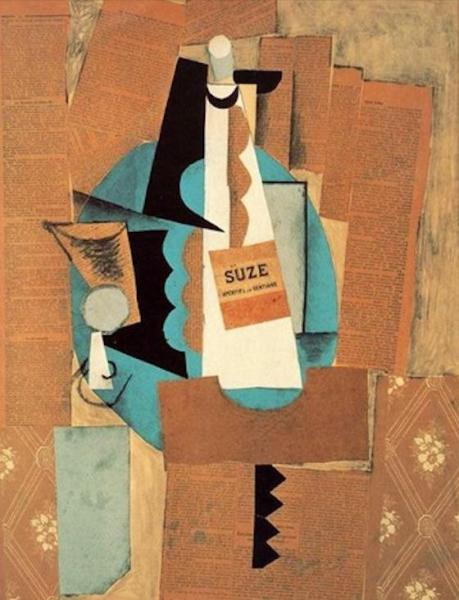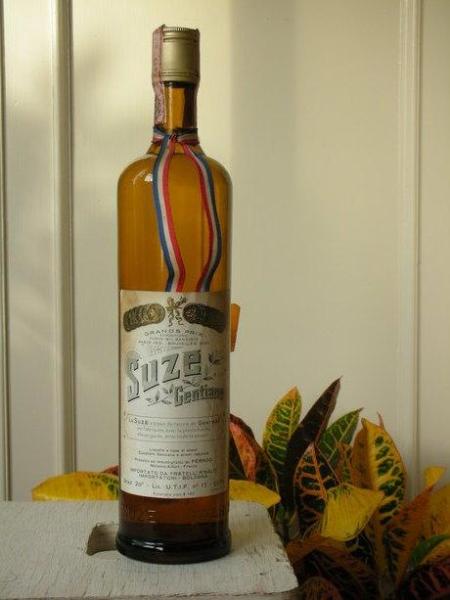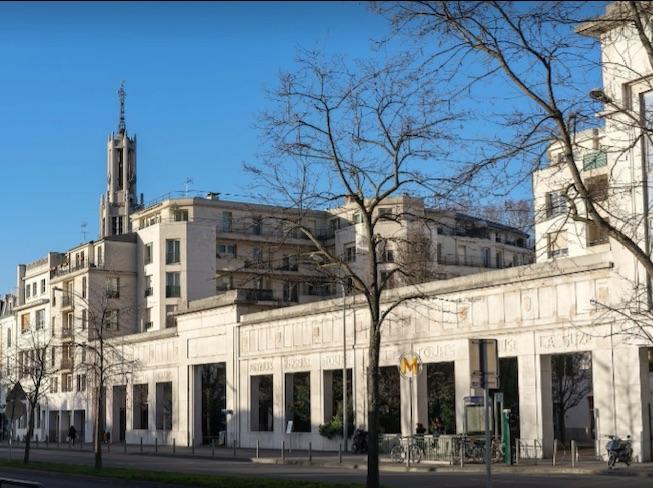- Read offline
- Access all content
- Use the in-app Map to find sites, and add custom locations (your hotel...)
- Build a list of your own favourites
- Search the contents with full-text search functionality
- ... and more!
Suze
gentian-based apéritif

‘Friend of the stomach’, as the first ads claimed, bitter yellow Suze was born of necessity. In 1885, Ferdinand Moureaux inherited his family’s distillery in Maisons-Alfort just outside Paris, only to be faced with bankrupcy. The solution was to join forces with the son of his bank manager, Henri Porte, and invent a whole new apéritif.
Unlike others popular at the time, such as Lillet, they decided to base their new drink on gentiane roots. Originally called ‘Picotin’, Moureaux presented his creation at the 1889 Paris World’s Fair, where it won a gold medal. In 1898, he changed the name to ‘Suze’ either to honour his sister-in-law, Susanne Jaspert. or the river Suze in Switzerland, where he had harvested the gentian.

Moureaux was an astute marketeer: Suze became one of the most popular drinks in France in the first half of the 20th century. Cafés were adorned with ‘Suze’ orange. Picasso painted it in a collage. It sponsored the Tour de France. Today the former Art Deco factory facade is a landmark in Maisons-Alfort.

Today owned by Pernod Ricard, Suze is distilled in the Pyrénées Orientales at the same Eiffel-built distillery as Byrrh. It’s not as popular today as it was in Picasso’s day, but it’s often used in cocktails—notably with Suze’s aromatic bitters. True gentian lovers should try the intense, bitter Racines de Suze.
Images by Didier Hugon, PD art, Shabbychef

